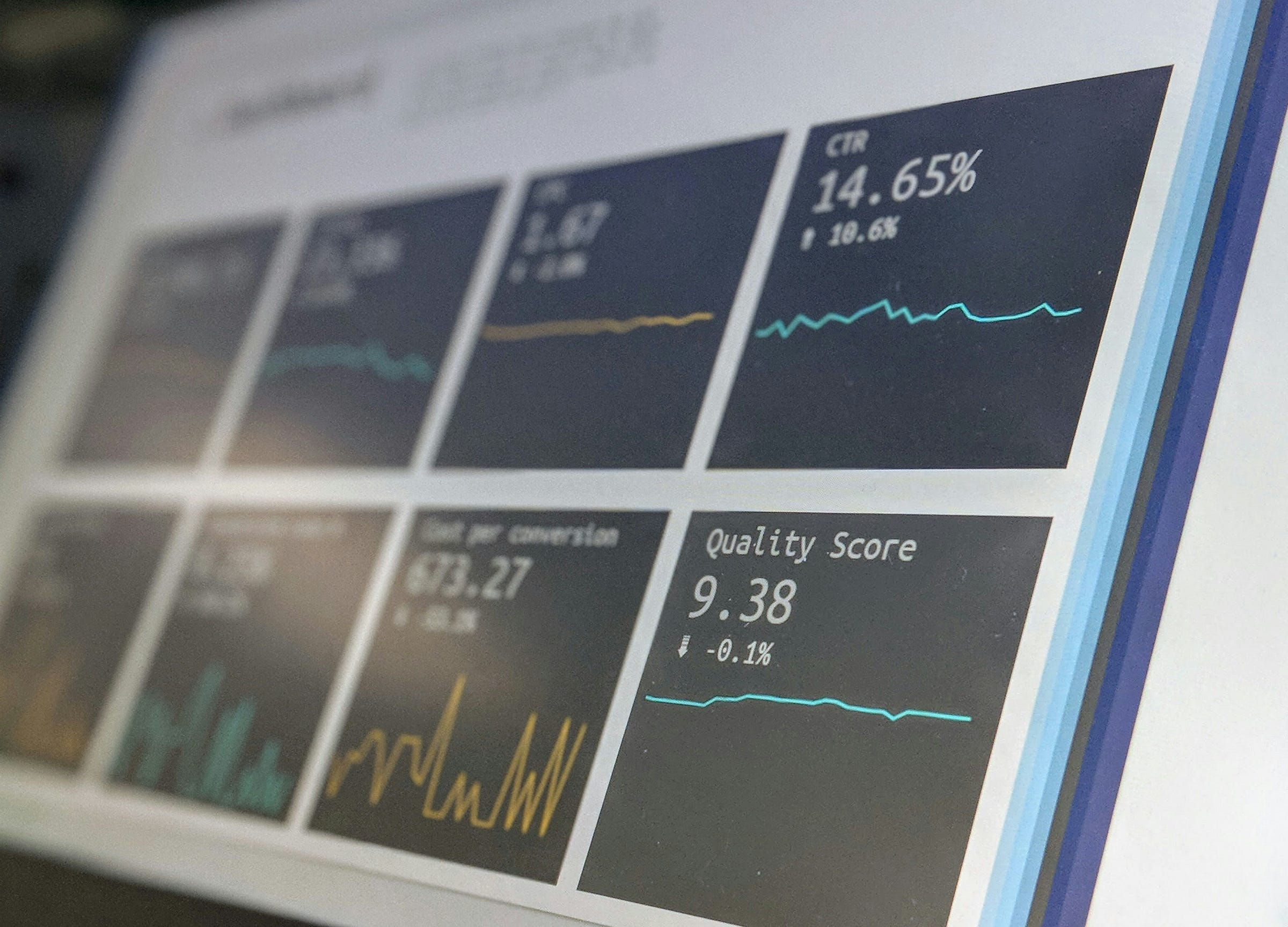Data Storytelling Is More Than BI
Making a readable message out of pure facts can change the world

When Business Intelligence came around, the whole idea was to gather and summarize data to be easily used by business managers. It was up to them to make sense of it all, even though the way data was summarized did give some hints, just not explicitly.
Actually, data reporting had been a common activity for years before BI, and it could be seen as the step before — maybe there were sums and averages, sometimes other calculations, but basically all the data being displayed in a tabular form.
What was new with BI was that you could get the summary and then a possibility to drill down into the data, to see where the sums came from.
For a business manager, about to make their input to the departmental monthly report, as it was common in those days, the step from reporting to BI would help save some time, but it would not remove the burden altogether to work with the data and explain them.
BI did promise to be directly useful for top management in their decision-making, and to deliver on that promise, simple dashboards were set up with traffic lights and other simplifications, often simply telling if things were on the right track — or not. No details.
Most expressions of data were connected to Key Performance Indicators, KPIs, as these had been introduced in businesses as a kind of “truth simplified” - if a manager could deliver according to the set goal, described by a few selected and agreed calculations, such as production rate or sales increase, then they were considered doing their job well.
What BI did more than expected was driving businesses into a fad of everything to be “data driven”. In the beginning it was mostly a hollow term, since hardly anyone understood what it meant, but along the way, some businesses would require data as documentation for many decisions.
Many are the jokes that circle around how managers then created and manipulated the data and their representations as curves and pie charts in a manipulative way, to make them look like the KPIs had been honoured.
And many are the data analysts, who hated the situation where they were asked to find data that would support a certain decision, no matter if other data would go against it. Manipulating data is no popular with serious analysts — they want to tell what they believe is the truth, and they were often sad to see that even correct data could be described by a manager with a too limited sense of moral as something else than what it was - making a story out of the data that was free imagination at worst, or severe overstatements or neglection at best.
It could perfectly well happen that the business was bad, unsolved problems existed, and serious implications were heading — while all the monthly reports were showing how great it all was, with everything going as planned or even better than that.
That’s were data storytelling came in.
With s focus on describing data in an understandable way, creating a report incrementally, making use of the analysts analytical skills to examine interesting trends and indications further — through examining more data, setting them up in new ways to find the real nature of them — a special report with true and carefully examined and described data would be a much better, much more informative, tool in the decision process.
And for each step in the analytical process, the analyst would tell, with words, what they saw and what it meant, why one or another detail should be — and had been — examined further.
The final report, often in a dashboard shape for easy overview and the possibility for the reader, the manager, to drill down in the detailed data, would be a selection of diagrams and other graphical elements with comments and explanations.
For a data analyst, this is closer to heaven than the early BI could ever bring them, as their job now had become analysing and storytelling. Making sense of data, as it was the reason for them to enter into this kind of career in the first place.
Data Storytelling is not only storytelling, it is just as much the changed process of the analysis, making the job of the data analyst a very important one for the business.


